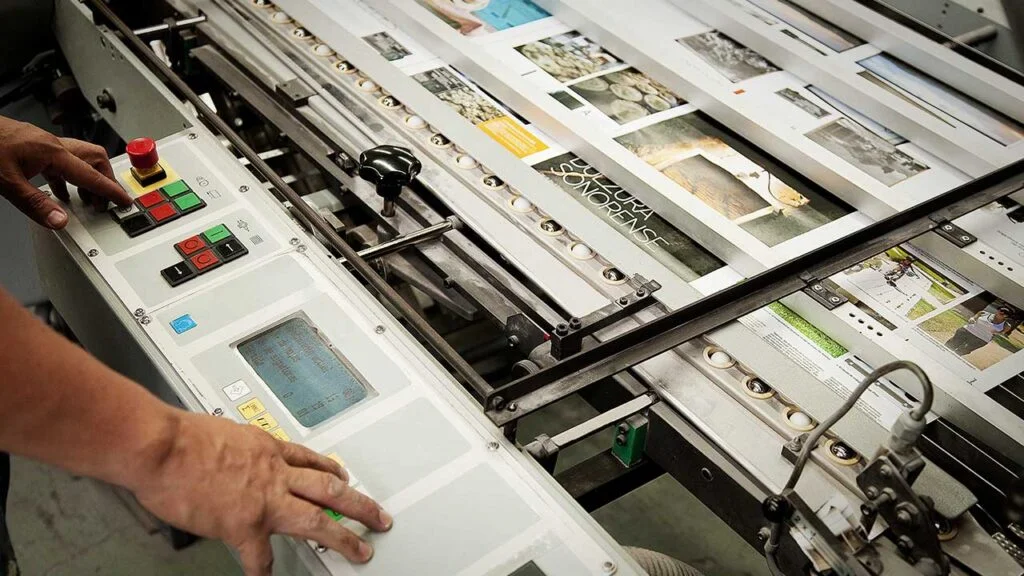Assuming that you’ve at any point expected to have business handouts printed or huge amounts of banners made, you’ve probably utilized business printing administrations previously. By taking care of businesses’ and organizations’ printing requirements in a professional and effective manner, commercial printing shops provide essential services. However, who needs commercial printing and what exactly is it? Continue reading to learn more about this amazing process, including its likely future course and other useful information.
How does commercial printing work?
There is a lot more to commercial printing than meets the eye, even if you think you know what it is. Utilizing large-format printing machines to produce printed materials of high quality is fundamental to commercial printing. This can include anything from flyers and business cards to posters and banners and other larger items. Commercial printing typically uses specialized ink and paper to achieve a more polished finish and is typically carried out on a much larger scale than traditional printing.
Types of Commercial Printing Customers can choose from a variety of commercial printing options, the most common of which are:
Offset printing, also known as lithography printing, is the most common type of commercial printing and the least expensive method for producing high-quality prints in large quantities. Of course, it is also possible to run short runs, but the setup time and cost make it better for big jobs. A rubber blanket is used to transfer an inked image onto the printing surface after it is transferred from the plate. There are a lot of colours available with offset printing; It is used in magazines, brochures, stationery, and sell sheets, among other common applications.
Digital printing is the preferred method for short runs and jobs that need to be completed quickly because it is faster and simpler than offset printing. Additionally, digital printing is more cost-effective than offset printing because it does not require the use of plates. Variable data printing, a type of on-demand printing in which elements such as images, graphics, and text can be varied from one printed item to the next, is another application for which the method excels.
Large format printing, as the name suggests, is used to print very large documents like posters and banners for indoor and outdoor use. Because it can produce prints of high quality that are resistant to weathering, it is frequently utilized in outdoor advertising. Printing in large format can also be used to make repeat banners and backdrops, wall art, and photo canvas prints, among other things.
Flexography employs a rotary printing technique in which flexible rubber or other elastomeric printing plates are used to apply ink to a surface. Because the inks used in the process are safe to use on food-contact wrappers, labels, and cartons, it is popular in the food industry.
Gravure is a type of intaglio printing in which a metal plate is engraved with the image to be printed. Because it can produce prints of high quality with little wear and tear on the printing plates, it is frequently utilized for long print runs.
LED UV Printing is a more recent type of commercial printing that cures the ink with a special UV light. Due to its environmental friendliness and ability to produce bleeding-resistant colour enhancement, it is gaining popularity. Although LED UV Printing can be used on a wide range of materials, it is considered to be more expensive than the other options on this list.


